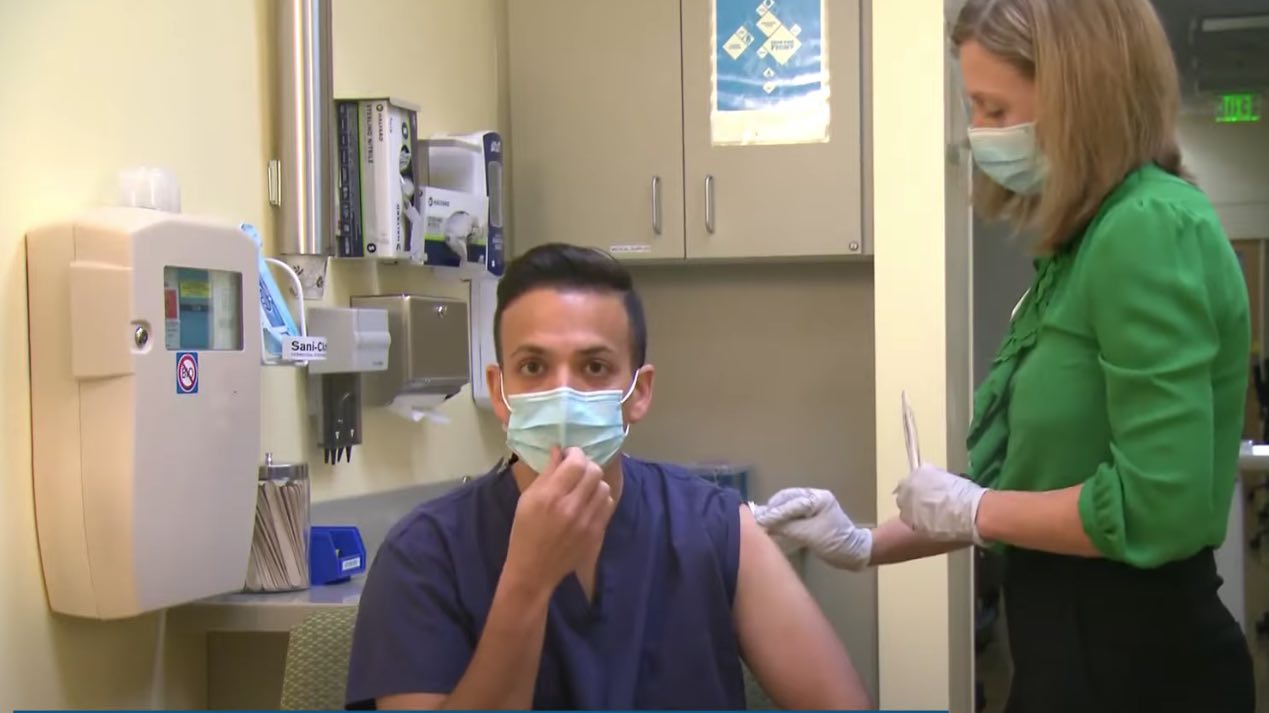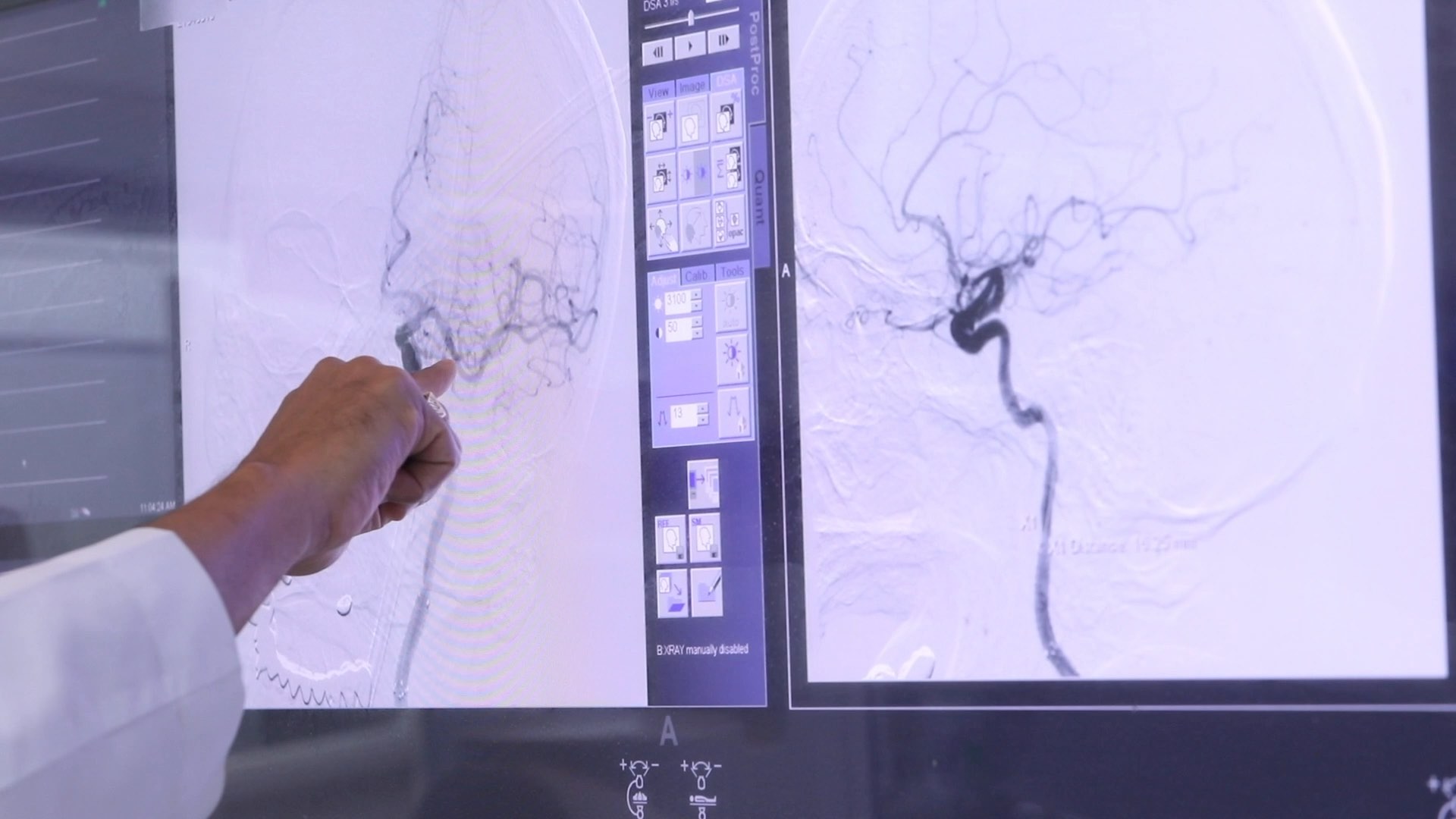NEW YORK (Reuters Health) – In children with sore throat, signs and symptoms of streptococcal pharyngitis, either alone or in combination, cannot be used to definitively diagnose or rule out the infection, according to results of a systematic review of relevant research.
“In contrast to adults, determination of the risk of streptococcal pharyngitis in children 3 to 18 years of age with sore throat requires the use of confirmatory testing using a rapid strep test or a throat culture,” Dr. Nader Shaikh, from Children’s Hospital of Pittsburgh, Pennsylvania, and colleagues, note in a report online November 3 in the Journal of Pediatrics.
Empiric treatment based on signs and symptoms “would no doubt lead to overuse of antibiotics,” they caution.
Pharyngitis accounts for 6% to 8% of visits by children to pediatricians and family physicians, they point out. Making an accurate diagnosis of children with streptococcal pharyngitis is important because untreated group A Streptococcal (GAS) pharyngitis can lead to complications.
A rapid test for GAS is widely available. Yet, testing all children with sore throat is not an option for a variety of reasons. “Accordingly, the question of whether clinical findings can be used to accurately identify high-risk children who can be treated empirically, or to identify low-risk children who could be managed without additional testing, is an important one,” Dr. Shaikh and colleagues say.
And while existing guidelines on the diagnosis of children with streptococcal pharyngitis differ in their recommendations regarding the need for microbiologic testing, most state that clinical diagnosis is unreliable (and thus recommend microbiologic testing for all suspected children). Other guidelines recommend using the presence or absence of key symptoms and signs to guide clinical decision making.
Dr. Shaikh’s team reviewed the pediatric literature to determine whether symptoms or signs, individually or in combination, can be used to identify children aged 3 to 18 years old who need to be tested for streptococcal pharyngitis. Their analysis included 34 studies conducted in the United States and Europe.
The pooled prevalence of streptococcal pharyngitis in the studies was 33.8%.
In children with sore throat, “individual findings were not particularly useful in either ruling in or ruling out streptococcal pharyngitis,” the authors report.
However, they say five findings increased the probability of the infection to greater than 50% and can thus be regarded as “useful but not diagnostic.” They are the presence of a scarlatiniform rash, palatal petechiae, pharyngeal exudate, vomiting, and tender cervical nodes; the likelihood ratios for these five findings were 3.91, 2.69, 1.85, 1.79, and 1.11355, respectively.
There was “significant heterogeneity” with regard to the following seven signs and symptoms: abdominal pain, dysphagia, lack of cough, tonsillar exudates, tonsillar and/or pharyngeal exudates, headache and red tonsils and/or pharynx.
Based on the reviewed studies, individual symptoms and signs cannot be used to exclude streptococcal pharyngitis in a child with sore throat.
The researchers found only limited data on the accuracy of combinations of symptoms and signs and only two combinations were reported by more than one study. The combination of exudate plus large and tender cervical nodes had a pooled positive and negative likelihood ratio of 2.52 and 0.92, respectively.
Fifteen studies provided data on the accuracy of five prediction rules for streptococcal pharyngitis in children and none had a likelihood ratio that could be used to rule in streptococcal pharyngitis (probability of GAS > 85%), they found.
One prediction rule appeared in one study to be useful in identifying low-risk children who could be managed without further testing. This rule included moderate to severe coryza without moderate to severe tonsillar swelling or moderate to severe enlarge cervical nodes or a scarlatiniform rash. “However, further study is required to confirm the accuracy of this combination,” the authors say.
Overall, say the researchers, the data they synthesized “support the current strategy suggested by the American Academy of Pediatrics, the American Heart Association, and the Infectious Diseases Society of America, all of which recommend testing (rapid test or a throat culture) in suspected cases and avoidance of testing in children with symptoms clearly consistent with a viral upper respiratory tract infection.”
The data do not, however, support use of the Centor clinical prediction rule (history of fever, exudate, absence of cough and tender nodes) to identify children who require testing or treatment, which is the recommended approach in several European national guidelines.
J Pediatr 2011.






